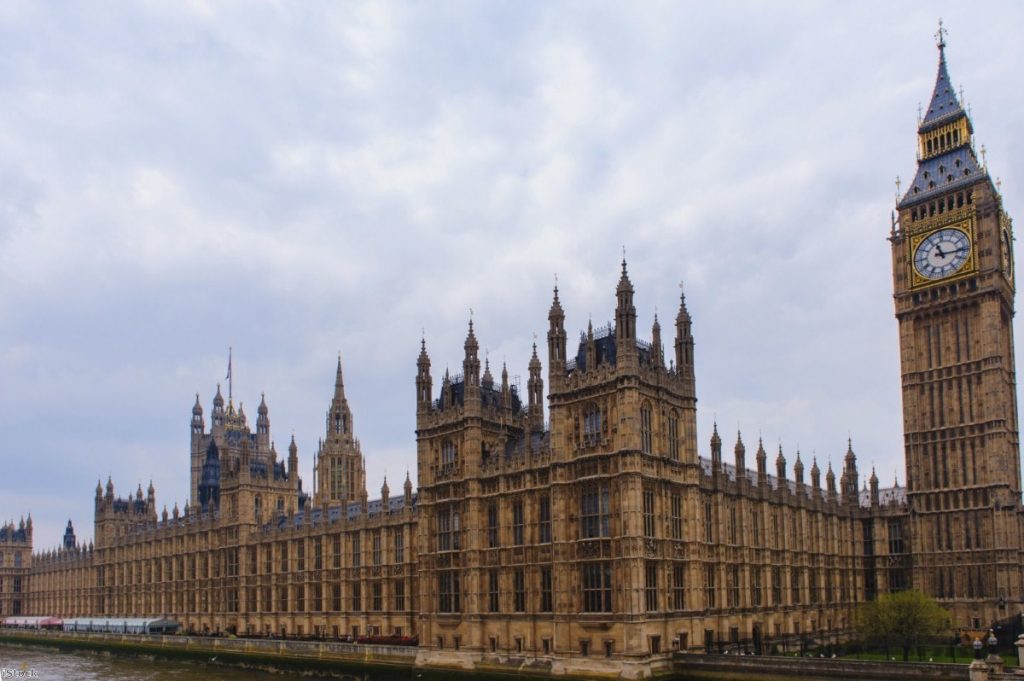By Colin Talbot
When Margaret Thatcher became Britain's first female prime minister in 1979 she was one of only 19 women in the House of Commons – just three per cent of the then 635 MPs.
By the time we had our second female prime minister, Theresa May, nearly four decades later, she was one of 208 women MPs – 32% of the total.
This is one of the most startling facts to emerge from the latest House of Commons report on the social make-up of parliament.


While this is obviously progress, Britain still ranks only 39th for the percentage of women MPs in a league table compiled by the Inter-Parliamentary Union. Rwanda heads the list, with over 60% women and many European countries do better than the UK. Sweden has 44%, and Finland, Norway, Spain, France, Belgium, Denmark and Germany all have more.
Other changes recorded in the House of Commons report show increases in black and ethnic minority representation and changes in social class.
But stay with gender for the moment, because more detailed analysis of the report's rather dry numbers shows some interesting patterns.
GENDER
The election of Thatcher in 1979 did not, as might have been expected, trigger any large-scale increase in female representation. In subsequent elections the numbers did rise, but only slowly. In 1983 the number of women in the House climbed to 23 (four per cent) and then 41 (six per cent) in 1987. In John Major's surprising 1992 victory the number climbed to 60 (nine per cent).
Although both the main parties increased the proportion of their women MPs, Labour always maintained a fairly steady 2:1 lead (in percentage terms) over the Conservatives until 1997.
Things changed with the election of New Labour in 1997. Labour women MPs jumped to 101, 24% of the parliamentary party, increasing the ratio to 3:1 with the Conservatives. New Labour continued to grow their percentage female contingent to 31% by 2010, while the Tories stayed relatively stagnant under Michael Howard, William Hague and Iain Duncan Smith.
It wasn't until David Cameron took over that the Tories regained the 2:1 ratio with Labour at the 2010 general election.
Having two (male) party leaders – Blair and Cameron – committed to reform seems to have had more of an effect than having a female prime minister.
ETHNICITY
Fifty-two non-white MPs were elected to the Commons in 2017, eight per cent of the total and the largest number since 1987, when there were only four minority MPs. The BAME population of the UK is estimated at about 13.6% for 2016.
The numbers show that while Labour steadily increased its BAME representation over this period – all four MPs in 1987 were Labour – the Tories did not start to change significantly until 2010, when they jumped from two to 11, and to 19 by 2017.
SOCIAL (EDUCATIONAL) STATUS
The House of Commons report uses data on education background of MPs from the Sutton Trust and other sources. They don't say so explicitly, but this is obviously a marker of social class or status.
Those who went to fee-paying private schools are still over-represented in the House of Commons. Twenty-nine per cent of MPs did so, compared to only seven per cent of the population.
The differences between parties remains stark: 45% of Conservative MPs in 2017 went to fee-paying schools compared to 14% of Labour MPs. At university level the figures are less dramatically different, with 31% of Tory MPs going to Oxbridge compared to 20% for Labour.
SEX, RACE AND CLASS STILL MATTER
The conclusion from the House of Commons report is obvious: while the position has improved in the so-called 'Mother of Parliaments' it still helps to be male, white, privately educated, and have gone to Oxford or Cambridge.
Colin Talbot is emeritus professor of Government at the University of Manchester and is also associated with University of Cambridge Public Policy. He has been an expert witness in parliament more than two dozen times, been an adviser to two select committees, and advised governments around the world. He is a regular analyst of government, here and abroad, in both academic publications and the media.
The opinions in politics.co.uk's Comment and Analysis section are those of the author and are no reflection of the views of the website or its owners.









